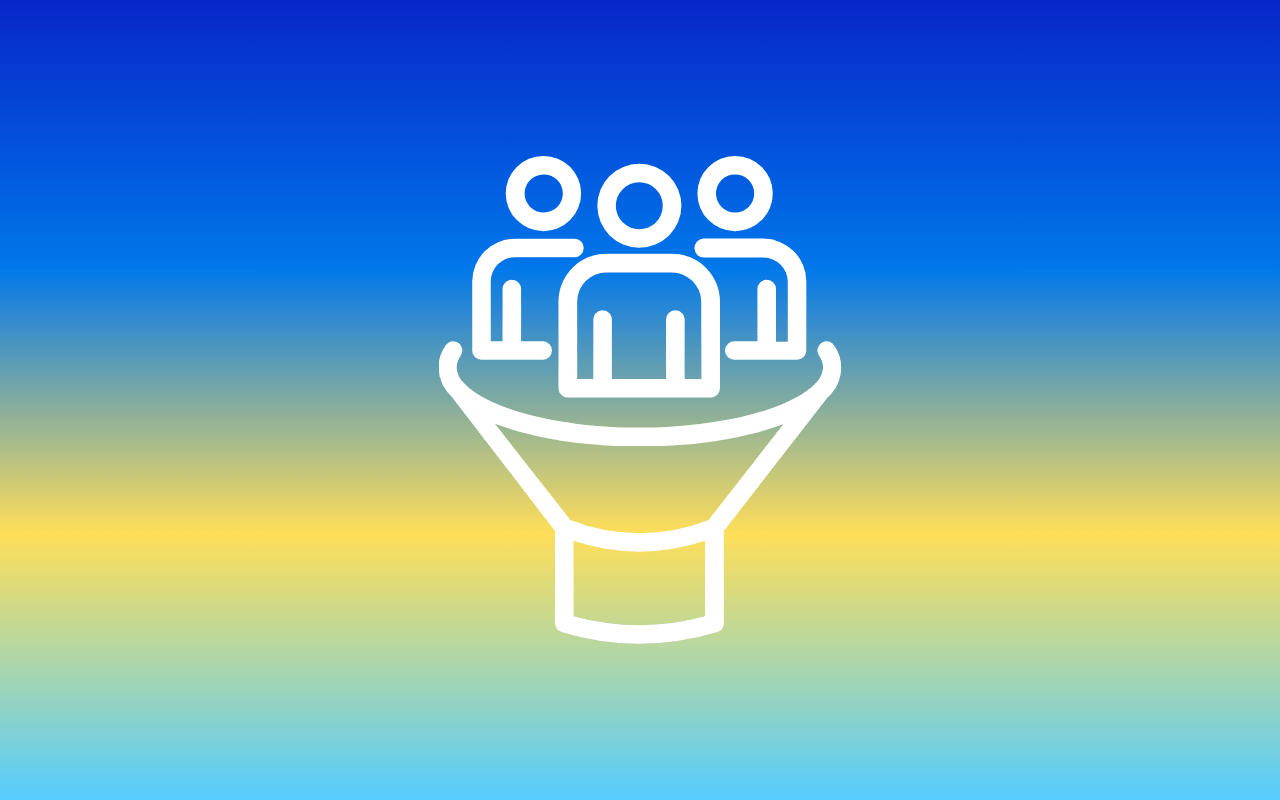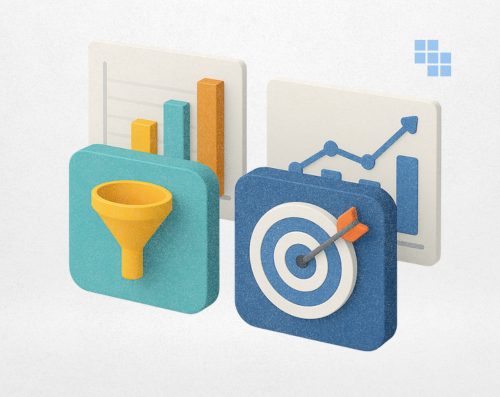What Is CRO, And How Does It Work?
Working to increase the proportion of people that do the desired action on a website is known as Conversion Rate Optimization (CRO). Activities such as buying a product, adding it to the shopping cart, signing up for a service, filling out a form, or clicking on a link are all examples of desired actions.
CRO Reframed Around The Needs Of The Customer
CRO is often defined in terms of conversion and user behavior metrics that allow organizations the ability to analyze and develop meaningful insights on how to make a better experience for their users. Continued optimization of a product can be the difference between success and failure, which is why almost all of the industry leaders in tech allocate significant resources to CRO.
One of the best ways to look at CRO, is to consider it a process focused on knowing your consumers to provide them with the greatest possible experience, which in turn leads to a higher conversion rate.
While building out your CRO strategy, make sure to focus on the entirety of your costumer’s journey and don’t only focus on your end conversion. Of course the end action—the conversion—is significant, but in fact, there is a lot that takes place before that point:
- Visitors to your site are brought to you by certain DRIVERS.
- Specific BARRIERS cause them to flee.
- Conversion is influenced by HOOKS.
What Is A Reasonable Conversion Rate?
Once you have figured out how to accomplish it, what should your conversion rate goals look like?
There are no one-size-fits-all criteria for determining if a conversion rate is excellent or poor. Some of the determinants of this statistic include the volume of online traffic as well as the industry in which you operate, and the products or services you provide. Tracking the sort of conversion you’re interested in might also affect how accurate your results are.
In light of this, the correct response is “better than what you had last month.” Instead of concentrating on achieving a target conversion rate, concentrate on improving your present rate incrementally.
Start with a target of boosting your conversions by 5% to 10%, and then work your way up. In reality, that aim may be achieved if you break it down into manageable steps using your online data as a reference point.
How Kubit Can Help.
Kubit’s Self-Service Product Analytics platform is the perfect tool for marketing and product teams to understand their users, and how they interact with their product. Kubit allows organizations to get a 360 view of how they acquire, engage and Reactivate users. By providing these meaningful insights, Kubit gives marketers and product people everything they need to optimize their conversion rates and give their users the best possible product experience.
To learn more about how Kubit can help you optimize your product experience, click here.




